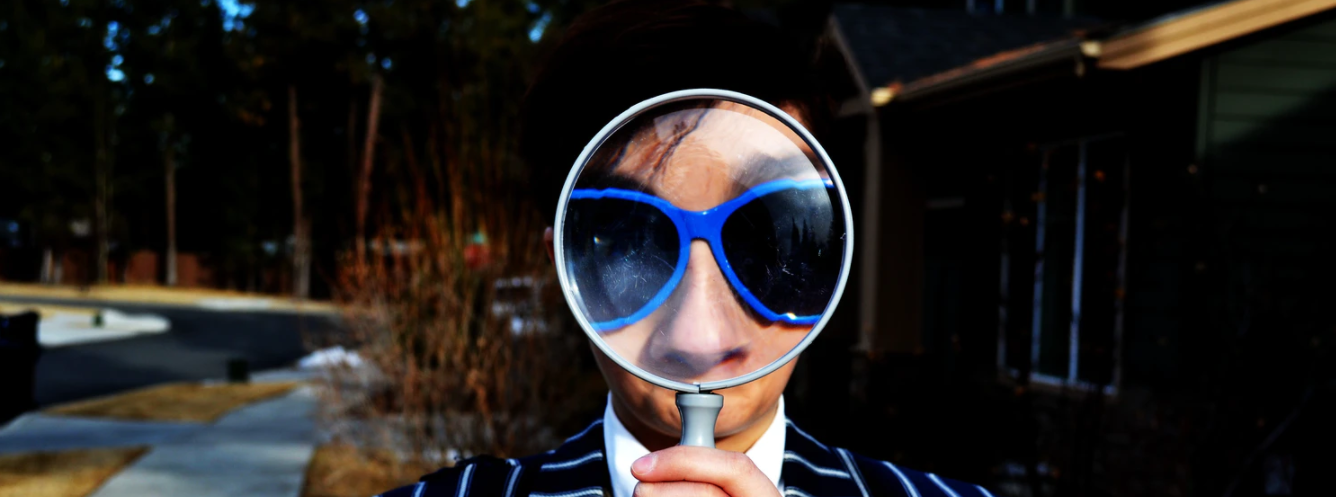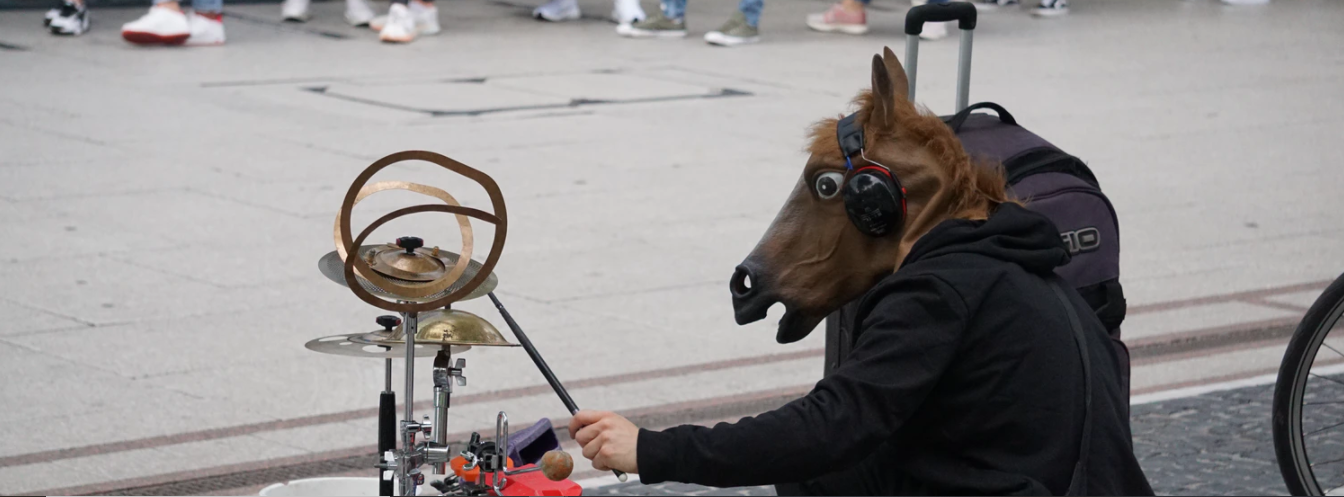Talking About Inflation and Creating Inflation, Are Very Different Beasts

Since 2001, core inflation has on average been below the Fed’s 2% target, exacerbated since the 2008 great recession. So says the Fed themselves; (Read this: https://doi.org/10.21033/wp-2019-07). Which means that even the Fed admits that although their targeting is for 2% inflation, they have been unable to meet this stated target.
After decades of trying to create inflation, we have had lackluster results (and most of these years were so-called ‘good years’) - so why now, when faced with an unprecedented, ‘fall-off-the-cliff’ GDP contraction and the worst ever unemployment since the Great Depression – do markets believe that things will be different and the Fed’s engineering will successfully create a new inflationary environment ?
The Fed has been tinkering with it’s inflation targeting for decades, always promising an elusive, sustained, 2% inflation. When Fed Chairman Powell announced in late August that the Fed was pivoting (more tinkering) to an “average inflation target” that it would effectively allow inflation to run over it’s current 2% target for a longer time before acting. The markets interpreted this as an indication that higher inflation was coming and soon.
As they say in New York “talk is cheap”. Talking about inflation and creating inflation, are very different beasts.
The Fed wants to avoid a repeat of 2015 when stimulus caused a whisper of an inflationary bump and in panic, did a quick u-turn, backtracking on their easing to raising rates again. This was short lived (they probably should never have raised them in the first place, but wanted to create some future arsenal). Had this new policy of “average inflation targeting” beein in place then, it would have removed the pressure to raise. Here’s the thing, its about averaging out – it gives the Fed a little wiggle room to breach their target, and wait for inflation to gently subside without panic moves. Its clear, even if the Fed does expect inflation, it’s a short term top, not systemic.
Yes, this round we may get a small spike in inflation – we may even hit the Fed’s 2% inflation target – if they are lucky - but such a rise would be very short term, (even doubtful) given the high unemployment rate and economic malaise. Anybody who thinks ‘average inflation target’ means the Fed’s inaction will allow inflation to run wild is misplaced. Lets extrapolate: if inflation were to hit 3% - what would happen to the 10yr and 30yr yields. Fed curve control? When the Fed made the recent announcement, yields spiked up – so there is no yield curve control (again, Fed talking up the market).
At any rate, higher inflation would ultimately push long bond yields much higher. What would a higher 10yr yield do to the real estate market and what would 30yr yields with another another 1% or 2% added on do to corporate debt issuances? It would push the consumer and the debt markets over the cliff – causing a deep recession and in turn, lower yields and lower inflation. But even getting to this point would be a stretch.
Even if rates were held down by the Fed (or could be held down) through yield curve control – low rates don’t translate to higher inflation. Look at Japan who has had low rates for decades while flirting with deflation. Europe is even more pronounced – half of Europe has negative interest rates and 12 out of 19 Eurozone countries had negative CPI (deflation) in August.
We’ve written recently about why the lack of money velocity will curtail any cyclical inflationary forces in the US (read our article: No inflaltion, No stagflation, Yield and Bonds), and we reiterate our stance that the prospects of sustained inflation is extremely muted.
Many investors have short attention spans and quickly pivot to the ‘new shinny’ thing the Fed is showing them. They are re-balancing portfolios, buying tips, buying gold, buying equities and anything else that might be impacted from an inflationary boost.
The rush of the heard is often wrong. One lone animal gets spooked and everyone follows. We saw this play out in 2008 – and then too as now – the calls for rampant (or any inflation) were wrong. We are currently feeling the effects of the massive stimulus injection.
However, it seems these have peaked and the markets are coming down from those drug-induced highs. These inflation expectation market highs are not sustainable – they aren’t built on fundamentals – but on waning stimulus and empty promises.
Investors are nervous that we have a low yield environment with inflation taking off, with plenty of excess liquidity to fuel even higher flames of inflation – it’s misplaced. Yields are low because of excess debt issuance, excess liquidity and no threat of upcoming inflation. The 30yr yield is the canary in the coalmine.
The Fed has few tools left in its kit and optics is one of them. They can try and scare the markets into believing there is impending inflation but, its doesn’t work like sentiment in terms of being a self fulfilling prophecy.
All we need is 1 or 2 CPI prints coming in lower than expected – or negative like May and the ‘inflation rally’ will fizzle. Stimulus (and $600/week unemployment) are drying up. Let’s see how this plays out. We don’t have long to wait.
 How to ensure your investments beat inflation
How to ensure your investments beat inflation
If you believe that inflation is really going to take off (we don’t), what should you do? Once again...
 Searching for Real Yield
Searching for Real Yield
Following the kind of stock market blow-out that we are anticipating there will be plenty of high yi...
 Beating the Drums of Inflation
Beating the Drums of Inflation
It seems like the inflationistas are predicting inflation rather than showing data to support it’s e...